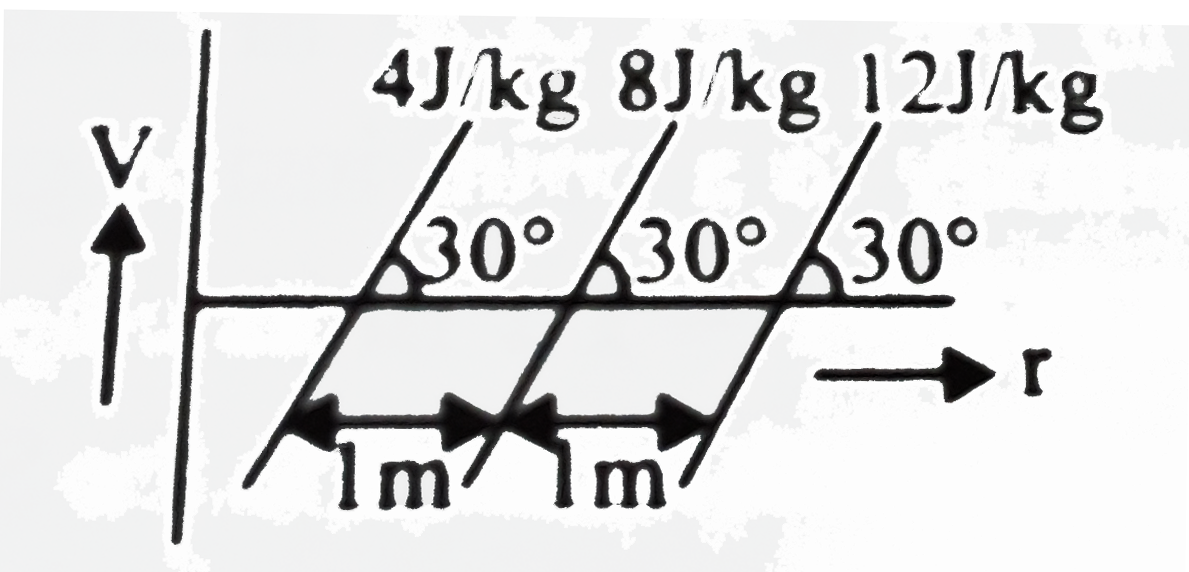Pick out the only vector quantity in the following list.
Temperature, pressure, impulse, time, power, total path length, energy, gravitational potential, coefficient of friction, charge.
Since, impulse = change in momentum = force × time. As momentum and force are vector quantities hence impulse is a vector quantity.
Similar Questions
Pick out the only vector quantity in the following list : temperature, pressure, impluse, time, power. Total path-length, energy. Gravitational potential, coefficient of friction, charge,
View SolutionPick out the only vector quantity in the following list:
Temperature, pressure, impulse, time, power , total path length, energy, gravitational temperature, pressure, impulse, time, power, total path length, energy, gravitational potential, coefficient of friction, charge.
View Solution
Knowledge Check
Out of the following statements
(A) Three charge system can not be zero mutual potential energy
(B) The mutal potential energy of a system of charges is only due to positive charge.AA is wrong & B is correctBA is correct & B is wrongCBoth A and B are correctDBoth A &B are wrong.Consider the quantities, pressure, power, energy impulse, gravitational potential, electoral charge, temperature, area, Out of these, the only vector quantities are.
AImpulse, pressure and areaBImpulse and areaCImpulse and gravitational potentialDImpulse and pressureConsider the quantities, pressure, power, energy, impulse, gravitational potential , electrical charge, temperature , area. Out of these, the only vector quantities are
AImpulse, pressure and areaBImpulse and areaCArea of gravitational potentialDImpulse and pressure
Consider the quantities , pressure, power, energy impulse, gravitational potential, electrical charge , temperature, area,Out of these, the only vector quantities are .
View SolutionWhich of the following is not a scalar quantity ? a) temperature b) Coefficient of friction c) charge d) Impulse
View SolutionIn the following questions, each question contains Statement I(assertion) and StatementII(reason). Each questions has four choices a, b, c, and d out of which only one is correct.
Statement I: A block of mass m starts moving on a rough horizontal surface with a velocity v. It stops due to friction between the block and the surface after moving through a certain distance. The surface is now titled to an angle of 30∘ with the horizontal and the same block is made to go up on the surface with the same initial velocity v. The decrease in mechanical energy in the second situation is smaller than that in the first situation.
Statement II: The coefficient of friction between the block and the surface decreases with the increase in the angel of inclination.
View SolutionGravitational force is a conservation and medium independent force. Its nature is attractive. Gravitational field intensity and gravitational potential gives information about gravitational fied in vector and scaler form respectively. Actually gravitational fied intensity is equal to the negative of the negative of teh potential gradient. potential energy is defined for only conservation force. it is also equal to the total energy in escaping condition. gravitational potential is either negative or zero but can never be positive due to attractive nature of gravitational force.
Gravitational potential versus distance r graph is represented in figure. The magnitude of gravitational field intensity is equal to

View SolutionGravitational force is a conservation and medium independent force. Its nature is attractive. Gravitational field intensity and gravitational potential gives information about gravitational fied in vector and scaler form respectively. Actually gravitational fied intensity is equal to the negative of the negative of teh potential gradient. potential energy is defined for only conservation force. it is also equal to the total energy in escaping condition. gravitational potential is either negative or zero but can never be positive due to attractive nature of gravitational force.
The gravitational potential inside a hollow sphere (mass M, radius R) at a distance r from the centre is:
View Solution
